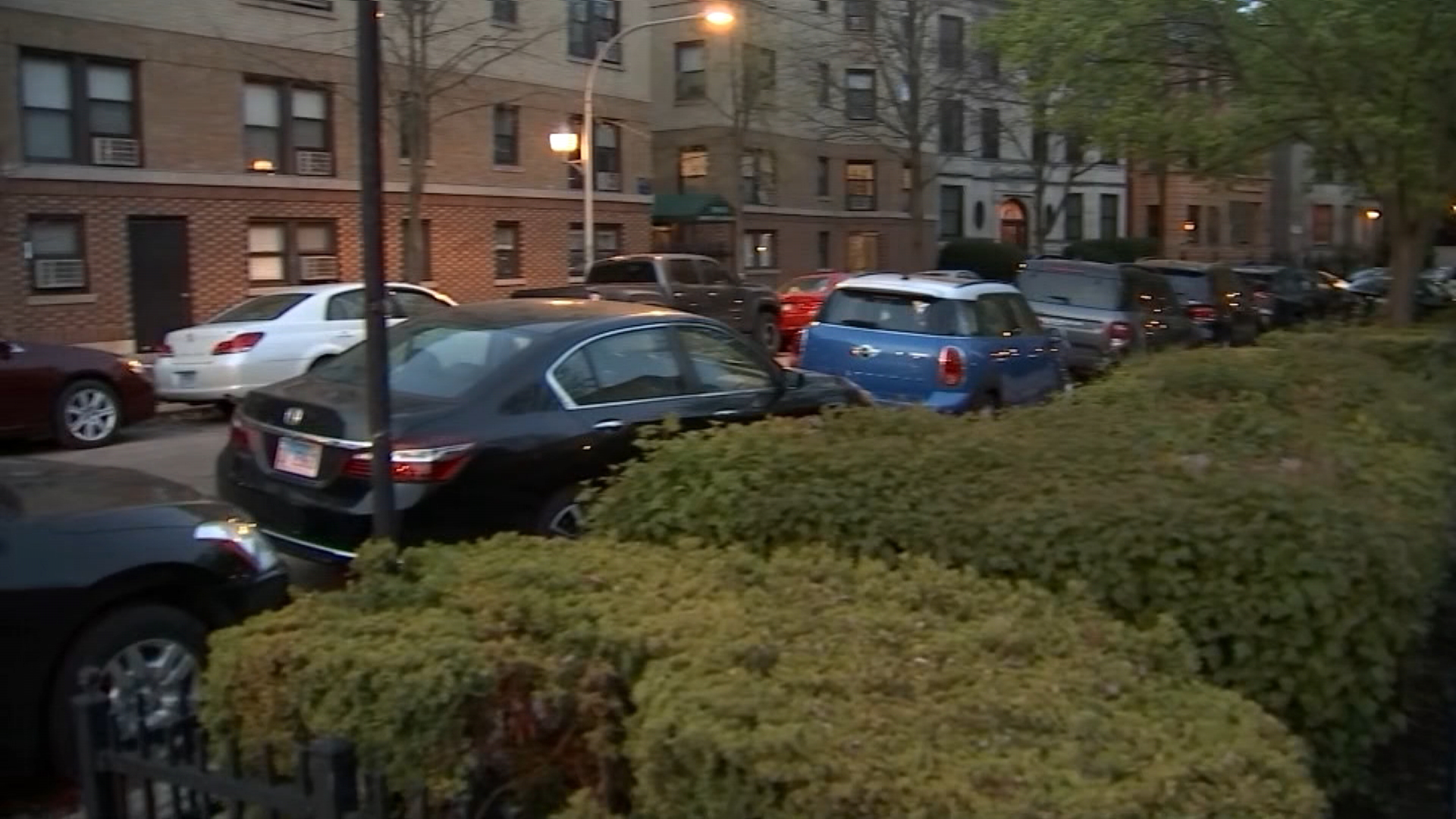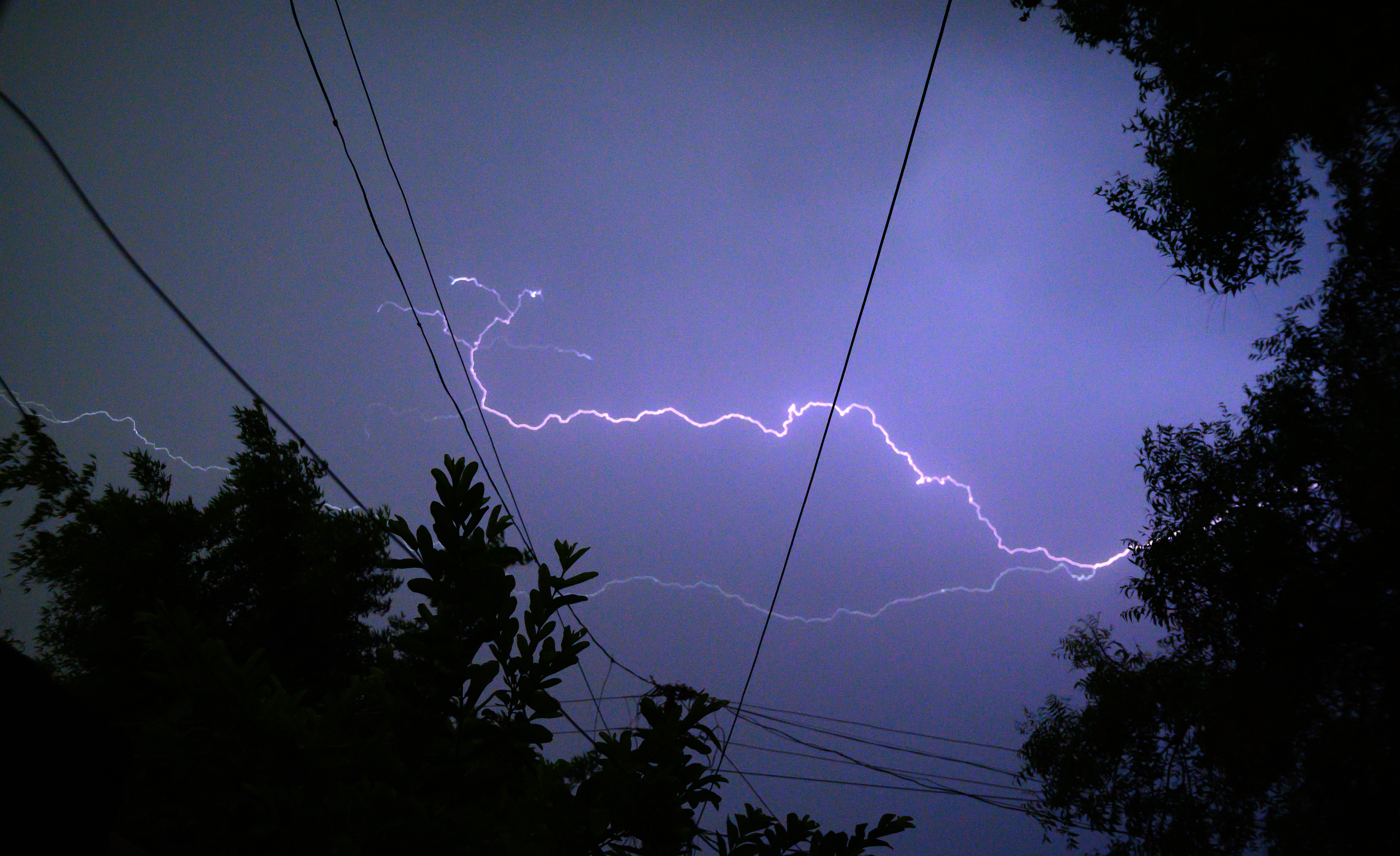More Cook County voters participated in judicial retention races this year than in any election in the past three decades, according to an Injustice Watch analysis of election data.
Participation in the retention races has generally trended upward since at least 1990, when less than half of voters, on average, made a choice in the judicial races. But this year, seven in 10 voters, on average, voted in the 60 Cook County retention elections.
Voters kicked out one judge up for retention and brought four others to the brink, marking the second election in a row that a Cook County judge lost a retention bid. Not a single judge lost retention between 1992 and 2016.
___
The nonprofit news outlet Injustice Watch provided this article to The Associated Press through a collaboration with Institute for Nonprofit News.
___
Injustice Watch calculated judicial voter participation by averaging the number of votes cast in each judicial retention race, then dividing that by the total number of ballots cast. Historically, some retention bids draw more participation than others. This year, for example, 75% of people who cast a ballot also voted in Judge Michael Toomin’s retention race, whereas only 69% of voters weighed in on Judge Robert Kuzas’ retention.
Local
It’s hard to say definitively why voter participation rates are trending upward. But judicial experts and community activists identified several potential factors:
— Targeted campaigns against controversial candidates by advocacy groups and the Cook County Democratic Party.
— Increased social media engagement around judicial elections and the criminal justice system after the Black Lives Matter movement’s resurgence this summer.
— The proliferation of voter guides helping people make informed decisions at the ballot box.
With more voters taking a hard look at judicial retention elections, some judicial election experts warn that the races could stray from their intended purpose of evaluating judges based on their performance and instead turn into political referendums on their beliefs.
Malcolm Rich is the executive director of the Chicago Council of Lawyers, a legal group that evaluates judges running for retention in Cook County. He said the only way to keep judicial elections fair and independent is for a large share of voters to keep checking their judges and make informed decisions at the ballot box.
“Voters must be a watchdog to ensure transparency and accountability of our judicial system while balancing the need for an independent judiciary,” Rich said. “We cannot afford to have a small number of voters define a branch of government (that) we rely upon to help resolve our disputes and to protect us against discrimination and abuse.”
Cook County has held judicial retention races since 1964, when a constitutional amendment stopped requiring that sitting judges run in partisan elections for judicial seats when their terms expired. Supporters of retention elections saw those races as a way to prevent political bosses from having complete control over the judiciary. Still, voters rarely exercised their power to kick anyone off the bench. A study by William K. Hall and Larry T. Aspin found that only 22 judges lost their seats from 1964 to 1984 out of nearly 1,900 up for retention across 10 states, including Illinois.
Voters in Cook County bucked that trend in 1990, when they kicked out a whopping seven judges. Researcher Albert Klumpp said it’s likely that so many judges lost retention campaigns that year due to overall low voter turnout, a national campaign to unseat incumbents, and because local newspaper editorial boards and legal groups published similar recommendations about which judges should lose their jobs.
After 1990, participation in judicial retention races mostly increased. Klumpp, who has written more than a dozen articles on judicial elections, attributes the rise to two fundamental ballot changes. One change was the elimination in 1997 of “straight-ticket” voting — which had allowed voters to select one political party’s complete slate of candidates for every office by making a single mark on their ballot. The second change was the shift from punch-card ballots to an electronic voting system starting in 2005.
“Did you ever vote with the punch cards? They were terrible. You had this metal pushpin. It was like doing needlepoint,” Klumpp said. Those changes might seem “kind of silly and remote,” Klumpp said, but at the bottom of the ballot, “these minor things can have a big influence.”
But even as more people began voting in judicial elections in the 1990s, it wasn’t until 2018 that another Cook County judge lost a retention bid. That judge, Matthew Coghlan, faced criticism from legal groups for his alleged poor treatment of nonwhite lawyers and for his role in a wrongful conviction case that he worked on when he was an assistant state’s attorney.
The Cook County Democratic Party and the Judicial Accountability PAC, a legal group that focuses on judicial candidates’ commitment to “progressive values,” organized a campaign that year against Coghlan. The movement might have been one factor in helping raise the judicial participation to an average of about 69% of voters, an increase from 63% in the 2016 election.
This year’s general election continued the trend of increased judicial voter participation, and with it came more shake-ups in the judiciary. Judge Jackie Portman-Brown lost her retention bid, while three judges held on to their seats by 5% or less of the vote. (Judge Mauricio Araujo also fell below the 60% threshold of “yes” votes needed to win, but he had retired in October following a disciplinary hearing that substantiated sexual harassment allegations against him.)
One of the candidates who eked out a win was the presiding judge of the juvenile justice division, Michael Toomin. Advocacy groups and critics targeted Toomin, alleging he treated youth in his courtroom harshly. Toomin’s opponents also said he had obstructed juvenile justice reforms. Three in four people who cast a ballot in Cook County voted for or against Toomin’s retention this election, the highest turnout for a single judicial race in the last 30 years.
Judicial retention races have historically posed significant challenges to voter participation. Retention candidates occupy the longest part of the ballot, and casting an informed vote can require researching dozens of candidates independently.
This year, several judicial election guides bridged the information gap in Cook County.
The 2020 Injustice Watch judicial guide reached nearly a quarter of a million online users between early October and Election Day. In comparison, less than 70,000 visitors accessed the guide in the month leading up to the last general election in fall 2018.
Stephanie Skora, who produces the increasingly popular “Girl, I Guess” voting guide, said that Injustice Watch’s research helped inform the guide’s recommendations for which judges voters should give the boot. Skora made a similar voting guide for the 2018 midterm election but has noticed more engagement around judicial elections this year.
“I think people are warming up to the idea that our votes in these races matter, and that despite the history, it isn’t that hard to kick out a judge, especially if you have a campaign behind it,” Skora said. “I think the #DumpCoghlan campaign woke everybody up.”
Carlina Green, 22, voted in her first Cook County election this fall. Green said she used the Girl, I Guess and Injustice Watch guides and shared them with her family and friends.
“If (my family and friends) didn’t have a resource like that, they probably wouldn’t have taken the time to look up each of the judges individually and see what their records are,” she said.
Trina Reynolds-Tyler and Maira Khwaja also made their own judicial voting guide this year. Reynolds-Tyler and Khwaja co-run TM Productions, a multimedia production company that promotes civic engagement in underserved communities in Chicago. They were also active in organizing rallies and protests this summer amid the resurgence of the Black Lives Matter movement.
Khwaja said they suspected the movement would spur a greater interest in judicial retention races among voters, so they crafted a concise “Chicago Voter Cheat Sheet” with basic information about how retention elections work and how people should vote. They shared the cheat sheet on their social media channels. Their target audience was voters who might not have had the time to research the long list of judges independently.
“I know not everyone is going to read the 32 pages on the Girl, I Guess guide, and not everyone is going to click on every judge in the Injustice Watch guide and read their background,” Khwaja said.
In the 20th century, state lawmakers championed judicial retention races as a way for the public to hold judges accountable while insulating those judges from political influences by having them run on their record without party affiliations.
But a 2001 study warned of increased politicization of high-profile retention races, citing several examples from elections in California, Nebraska, and Tennessee. For some, retention races in Cook County are heading in this direction, evidenced by the Cook County Democratic Party’s decision not to endorse Toomin, who was rated favorably by the Chicago Bar Association, the Illinois State Bar Association, and the Chicago Council of Lawyers.
Toomin’s supporters — who include Chicago Mayor Lori Lightfoot — say the Democrats’ decision not to endorse him was political payback for his decision to appoint special prosecutor Dan K. Webb in the case against former “Empire” actor Jussie Smollett. Toomin’s backers say that put him at odds with Cook County State’s Attorney Kim Foxx and her close ally, Cook County Board President Toni Preckwinkle, who also chairs the party committee.
In a statement issued on Election Day, Hanah Jubeh, spokesperson for the political action committee that supported Toomin’s retention, said his victory was a clear sign that voters had “resoundingly (chosen) to maintain an independent judiciary free from political influence.”
But Ald. Leslie Hairston (5th) denied that the party’s decision not to endorse Toomin was political revenge. Hairston is the vice chair of the county Democratic Party committee, which weighs retention judges’ endorsements. She said the party is done giving a uniform head nod to all judges up for retention and that “these races aren’t a given anymore.”
“It’s no longer a shoo-in to get retained. People are engaged like they haven’t been before,” said Hairston, whose ward covers parts of several South Side communities, including parts of South Shore, Greater Grand Crossing, and Hyde Park.
Rich, head of the Chicago Council of Lawyers, said maintaining an independent judiciary that is entirely free of political influence is near impossible when judges are publicly elected and face potential political blowback from voters based on their decisions. But bar associations and other groups who evaluate judges up for retention should have strict criteria when telling voters what to consider when they’re filling out their ballots, he said.
“We have to make sure we are electing a judiciary on the basis of how they perform in the courtroom and making sure that they understand the issues and treat everyone fairly without bias,” Rich said.
Jubeh said she doesn’t think most judges should be concerned by the increased public attention on retention races. “I feel like if you’re a good judge…and you’re doing your job, and you’re fair, and you’re following the law, then you don’t have anything to worry about,” she said.



